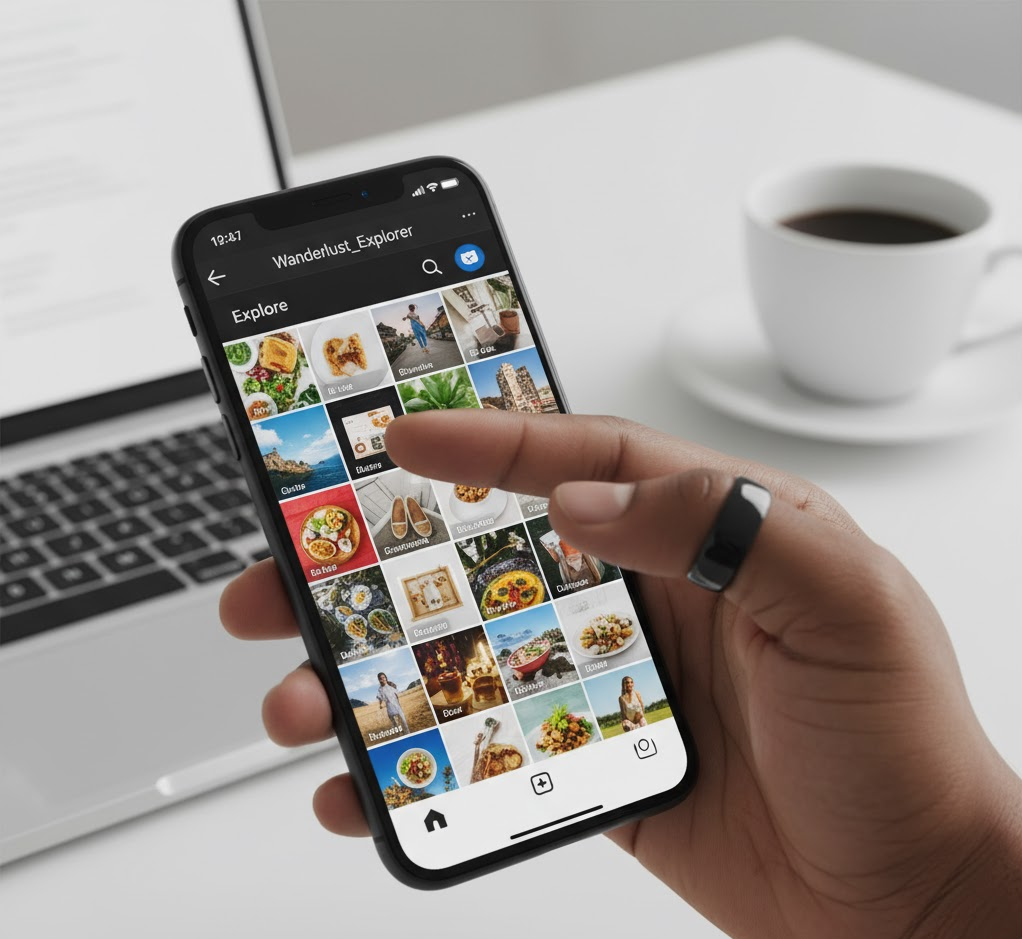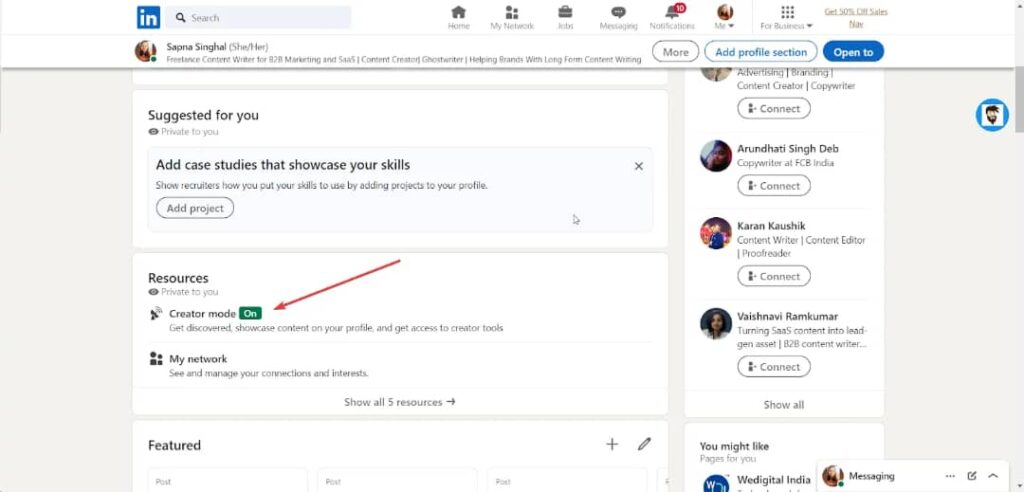There is a certain irony in how many brands still assume that the mark of influence lives and dies on Instagram. The platform’s glossy appeal and algorithmic reach make it a natural magnet for consumer-facing campaigns.
But the features and style of platforms like Instagram and TikTok may make finding the right B2B influencers seem challenging. When it comes to B2B influence, the real conversations are happening elsewhere.
At DottsMediaHouse, we often remind brands that visibility and influence are not the same thing, especially in the B2B space, in the sense that you can be seen, but you may not be recognized as an authority in your industry.
What really distinguishes the B2B from the B2C influencers is depth, value, expertise, and thought leadership.
Who Are B2B Influencers?
To understand who are B2B influencers, you must first unlearn what traditional influencer culture looks like. Unlike B2C influencers who sway impulse-driven purchases through aesthetics and lifestyle, B2B influencers move industries by shaping thought, strategy, and trust. They are subject matter experts, analysts, executives, consultants, and creators whose words command authority in professional circles.
Their platforms are not curated feeds but LinkedIn posts, whitepapers, Substack newsletters, and panel discussions. The value of their influence lies in depth, not glamour. Their engagement metrics are less about likes and more about leads, conversations, and strategic introductions.
Why Instagram Is Not a Solid Playing Field for B2B Influence
B2B influence is not designed for virality but instead for credibility. Unlike consumer marketing, where a single reel can drive an emotional response, B2B decisions are layered and logic-based.

According to LinkedIn’s own B2B Marketing Benchmark Report, nearly 80% of B2B leads generated through social media originate on LinkedIn. That number alone explains why many serious professionals scroll LinkedIn instead of Instagram during their morning coffee.
Instagram remains an excellent platform for brand awareness, but its short attention spans and visual bias rarely nurture the type of analytical conversation that B2B purchasing requires. Simply put: while your competitors are chasing aesthetics, your potential buyers are reading insights.
How to Find the Right B2B Influencers (Beyond Instagram)
If you are wondering how to find B2B influencers who actually influence decision-makers, simply start where the conversations already happen.
On LinkedIn, use keyword-based searches (try “Creator Mode” filters) to find figures who carry the most engagements in respective niches.

Study their comment sections, take note of people who engage, who amplify, and those who reference them. Tools like BuzzSumo and Sparktoro can help map out thought leaders by topic relevance rather than follower size.
It would be strategic to heavily leverage the effectiveness of industry events, webinars, and podcasts. Many B2B influencers operate under the radar of mainstream social channels but host influential communities elsewhere. Their impact is measured by the quality of audience interactions, such as CEOs, engineers, policymakers, instead of your everyday user.
Equally valuable are niche platforms like Slack communities, Reddit industry threads, or even closed Discord groups, where expertise and authenticity drive conversation. This is where micro-influencers thrive: smaller audiences, higher credibility, and deeper alignment with your brand’s voice.
Where the Real B2B Influence Lives
LinkedIn remains the powerhouse of B2B influence. The platform’s algorithm prioritises expertise, over entertainment. When optimising your search for B2B influencers on LinkedIn, pay attention to engagement ratios, post frequency, and comment quality, not just follower counts. A creator who consistently sparks debates or garners reactions from professionals in your target industry likely has far greater influence than someone with inflated vanity metrics.
Beyond LinkedIn, YouTube serves as a long-form storytelling tool for B2B influencers who build authority through explainers, tutorials, and product breakdowns. Similarly, industry-specific blogs and newsletters maintain tight, trust-based followings that are goldmines for brand partnerships.
Case Studies of the Effect of B2B Influencers on Brands
LinkedIn itself partnered with TopRank Marketing to execute an Always-On Influencer Program that emphasised thought leadership rather than burnout campaigns. They identified experts whose audiences aligned with LinkedIn’s point of view and had them produce content, such as blog posts, social media conversations, and contributions to industry dialogues.
The result: over 2,000 brand mentions by influencers and their networks, an estimated 84 million potential reach, and 200–450% above benchmark engagement for a particular influencer activation. That campaign illustrates how b2b influencers on LinkedIn can elevate brand trust with consistent, credible voices rather than short-lived, spectacle-driven content.
Adobe applied a strategy that used niche experts and industry creatives rather than large, generalist influencers.
According to reporting by StackInfluence, Adobe’s influencer-led content on LinkedIn generated twice the engagement of their standard campaigns and boosted form-fill conversions by about 150% when compared to their non-influencer-led content. This example shows that when influence aligns tightly with domain knowledge, the return is significantly higher, even when Instagram is not part of the strategy at all.
Both cases prove that B2B influence lives in areas focused more on depth.
In a Nutshell
The next era of B2B marketing belongs to the experts who can explain, not just bamboozle hopelessly. Therefore, finding the right B2B influencers involves looking beyond attractive creatives and checking for an influencer with experience and credibility who aligns with your industry and brand values. Platforms like LinkedIn, podcasts, and industry newsletters have quietly become the new stages to influence your target B2B clients.
At DottsMediaHouse, we recommend looking beyond only visibility and offering values that will appeal to your target brands..





